Finally successful: Juno I/Explorer I, the first US satellite in orbit!
Pictures tell stories. This also applies to prestigious high-end aerospace products. The iconic images of the Juno launch vehicle and its Explorer satellite can serve as a good example. I would therefore like to begin this article with a reference to a special, incidentally very well known photograph, which in my opinion tells the story of the Juno/Explorer mission in an almost ingenious way. What can be seen in this photograph?
Three beaming gentlemen, William Pickering of the Jet Propulsion Laboratory (JPL), astrophysicist James Van Allen and rocket pioneer Wernher von Braun are triumphantly holding a mock-up of the Explorer I satellite above their heads. The picture was taken at a press conference the morning after the successful launch of the Juno/Explorer combination on 31 January 1958.
On the prehistory of the Juno/ Explorer mission
Why do I think this recording is so eloquent? For one thing, the leading minds of the project are gathered here, at the same time the central minds of American rocket and space research. At the time, William Pickering was director of JPL, an institution of the California Institute of Technology with institutional roots in the US military. JPL, which was involved in the development of rocket propulsion systems and still exists today, was taken over by the newly founded NASA in 1958, the year of this photograph.
The Explorer I mission brought lasting fame to the astrophysicist and rocket pioneer James Van Allen: the probe had various detectors on board with which it was possible, among other things, to experimentally detect a radiation field suspected by Van Allen that spanned the Earth from pole to pole, extending far into space. The Van Allen Belt, named after him, is one of the most significant discoveries of the Explorer I mission.
For Wernher von Braun, the successful Juno/Explorer flight brought a further boost to his career and popularity. In 1945, the leading head of Nazi rocket research had been contracted without apparent irritation by the US military to continue his work. In 1958, he was a senior executive at Redstone Arsenal in Huntsville, a position that predestined him for the development of the Juno launch vehicle.
By the end of the 1950s, the Cold War had reached a climax. On 4 October 1957, the Soviet Union had succeeded in launching a satellite, "Sputnik" in Russian, into orbit for the first time using an R-7 launch vehicle. The propagandistic effect was just as enormous as the technical achievement behind it: the USA had lost what it thought was a sure victory in a prestigious race for that "first time", thundering and visible from afar. But it was to get even worse: shortly before the USA was able to counter the Sputnik catastrophe with the launch of its own satellite, Soviet spaceflight under Sergeij Koroljew landed the next blow: on 3 November, another R-7 brought the first living creature, the dog Laika, into stable Earth orbit. Even if the four-legged passenger would ultimately not survive the orbital flight, one thing was clear: the Soviets were obviously ahead.
So the self-assurance and dignity of the US space industry had to be restored as quickly as possible. But not only good things do come in threes, for things were about to get even worse. This time, however, the Americans had tripped themselves up. In order to make up for all the shortcomings, the US administration had announced the launch of its own American satellite for 6 December 1957 at short notice and, as it turned out, in a hurry. In order to go one better and convince the free world of the technological superiority of the Americans, which until recently had been taken for granted, they took the risk of broadcasting the widely announced launch on television - live and nationwide. Incidentally, this was the first nationwide "live" television broadcast in radio history. It ended in disaster: the US Navy TV-3 Vanguard rocket selected for the launch exploded in front of the running cameras in a huge fireball during the launch. The film and photo images of this catastrophe were immediately burned into public perception and the dismayed world press quickly came up with a new name for the failed US satellite attempts, based on the Russian word "Sputnik": the term "Flopnik" was born.
The Jupiter C/Juno launch vehicle and the Explorer I satellite
This spectacular and, for the US space industry, quite embarrassing pre-history lent the preparations for the launch of the Explorer I satellite a very peculiar drama; the pressure on those involved to succeed must have been truly high! As late as 8 November, the Army Ballistic Missile Agency (ABMA) team in Huntsville had been given the go-ahead to develop a launch system. In view of the Soviet run for success, time was pressing: von Braun still promised the impatient Secretary of Defense Neil McElroy completion within 60 days, while his commander, the more cautious John B. Medaris, could still extend the deadline to ninety days.
Von Braun modified a Jupiter C, at its core an Army Redstone ICBM, to carry the newly designed satellite into a stable Earth orbit. President Eisenhower insisted on an unencumbered name for the Redstone/Jupiter C, which came from the Army's nuclear arsenal; he further stipulated that the probe had to be able to actually do "science" in order to emphasise the civilian character of this mission. Von Braun therefore decided on the name of the mythological wife of Jupiter, king of the gods: Juno I was to bring the satellite into Earth orbit.
The 205cm long and 13.9kg heavy Explorer I carried the following experiments in its elongated body the following experiments: a temperature sensor, a microphone that recorded the sound of the micrometeorites hitting the hull, and a Geiger counter to measure the radiation. The measured data was transmitted to the ground station. Explorer I worked surprisingly well after the successful "shot" into orbit: the measuring probes worked as intended and Van Allen was able to prove the existence of a radiation belt. The probe remained in Earth orbit for a full twelve years on an elliptical trajectory between 360km and 2,530km altitude before finally burning up in 1970.
The four-stage Juno I launcher had a total height of 21.3m and a total (fueled) weight of 31.5 tonnes. The Rocketdyne A-7 1st stage engine was powered by Hydyne and LOX, an alcohol and liquid oxygen, and accelerated the system for a burn time of 155 seconds. The 2nd stage consisted of a bundle of 11 Baby Sergeant solid rockets. These were housed in a drum rotating together with the other stages near the top. The rotation was intended to stabilise the trajectory. Finally, the third stage consisted of three Baby Sergeant rockets that fired for 6.5 seconds like the previous stage. The fourth stage represented the probe itself: a single baby sergeant was integrated at its tail, which during the 6.5 seconds of firing accelerated the satellite to the 29 000 Km/h necessary to reach orbit.
The launch of Juno I/Explorer I on 31 January 1958 was, well, picture-perfect - if that word is appropriate after the succession of technical and propaganda defeats. The relief of those responsible must have been incredible. If you look at the picture quoted at the beginning again under these conditions, you realise that not only a successful start is presented here, but also one's own relief is expressed. The body language gestures of triumph are probably also meant to evoke a lost self-confidence and demonstrate that one is on the way - a way back to the top.
About the kit
I was very happy when I first heard about the rocket models from Horizon Models. Accordingly, their dwell time on my pile of soon to be built models was also short. This time was further shortened by the fact that the contents of the attractively designed box appeared to be highly appealing: precisely cast moulds, obvious pleasure in details, which suggests a knowledgeable preoccupation with the prototype, as well as an accuracy of fit that makes it literally difficult to put the parts back into the packaging and not start building straight away. The kit features three different Redstone launchers.
Besides the parts themselves, I also liked the preparation for the presentation of the model. This refers especially to the addition of a well-detailed launching table. Its appearance, by the way, reveals the technical proximity of the Redstone rockets to the German V-2 rocket projectiles: the launch tables of the two designs are essentially identical.
As expected, the construction of the model went smoothly and quickly. The building pleasure was increased by the unusual and varied nature of the model.
In conclusion, I can highly recommend Model Horizon's kit of a Redstone launcher to anyone who is interested. You will hardly be able to escape the pleasure of this model, whose manufacturer wants to do justice to both the prototype and the customer!
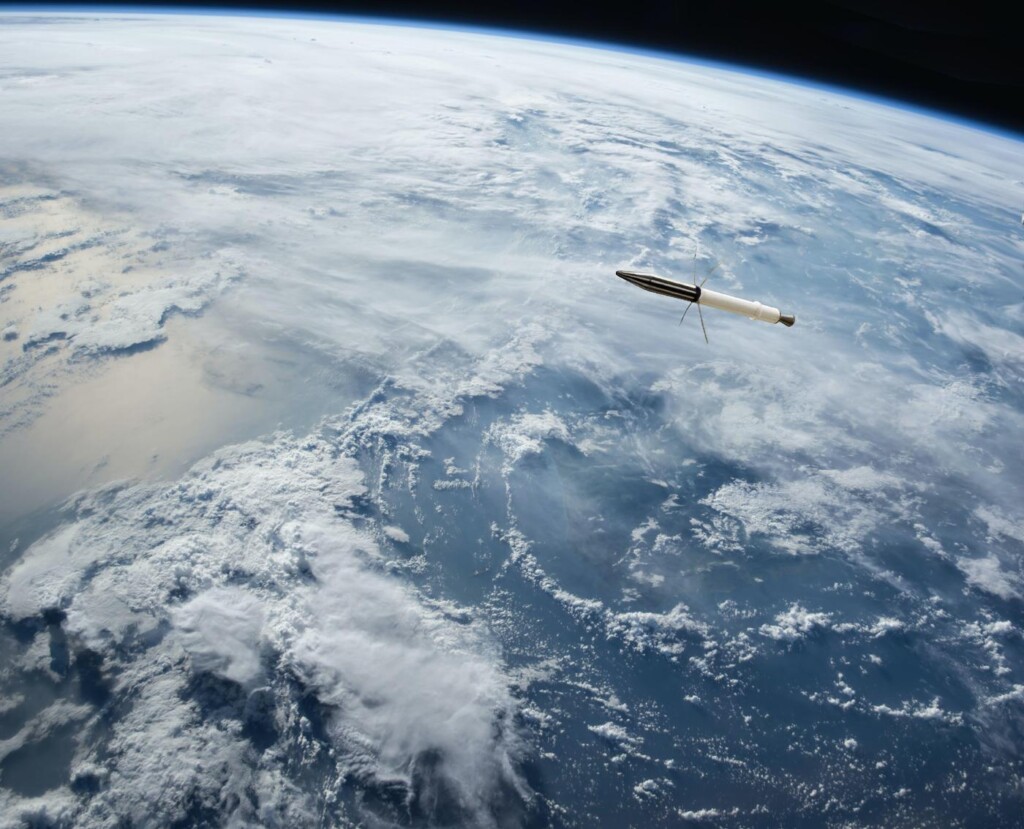
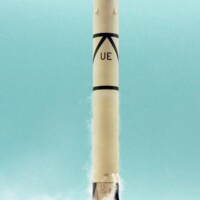
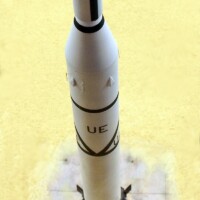
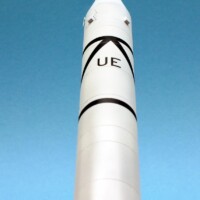
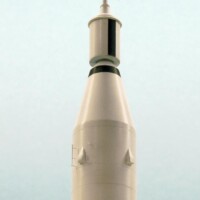
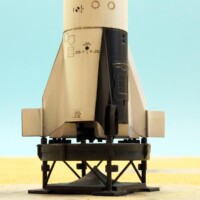
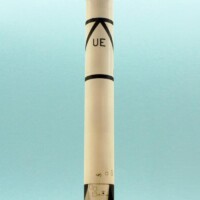
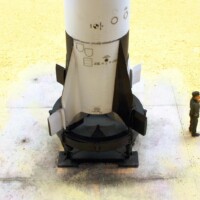
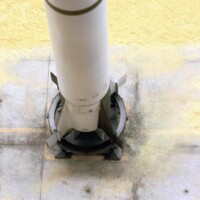
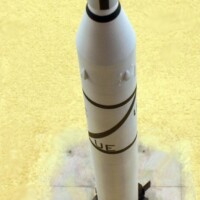
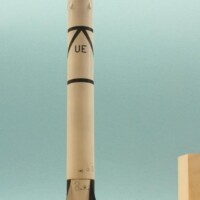




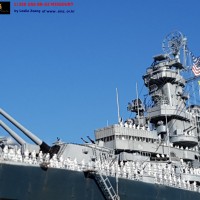
More excellence from ROSachsenhofer Aerospace Ltd., GMbH!
The history is solid, also. As usual.
MVP!
Fantastic result, Roland @rosachsenhofer
Thanks for sharing the history part, nicely written.
Very nice! Excellent presentation.
Beautiful model from what looks like an accurate kit, Roland. Your history makes interesting reading. Obviously the main reason for the “space race” was to fuel the egos of the world leaders, and has had little or no benefit for human kind, the money could have been spent on better things, that’s my opinion anyway.
You are certainly close to the motive!
Wonderful model and ditto article, Roland!
Congratulations!
Late but no less pleased and grateful I say thank you all very much for your comments and your interest!
Well, it will probably not be the last rocket model in high format pictures